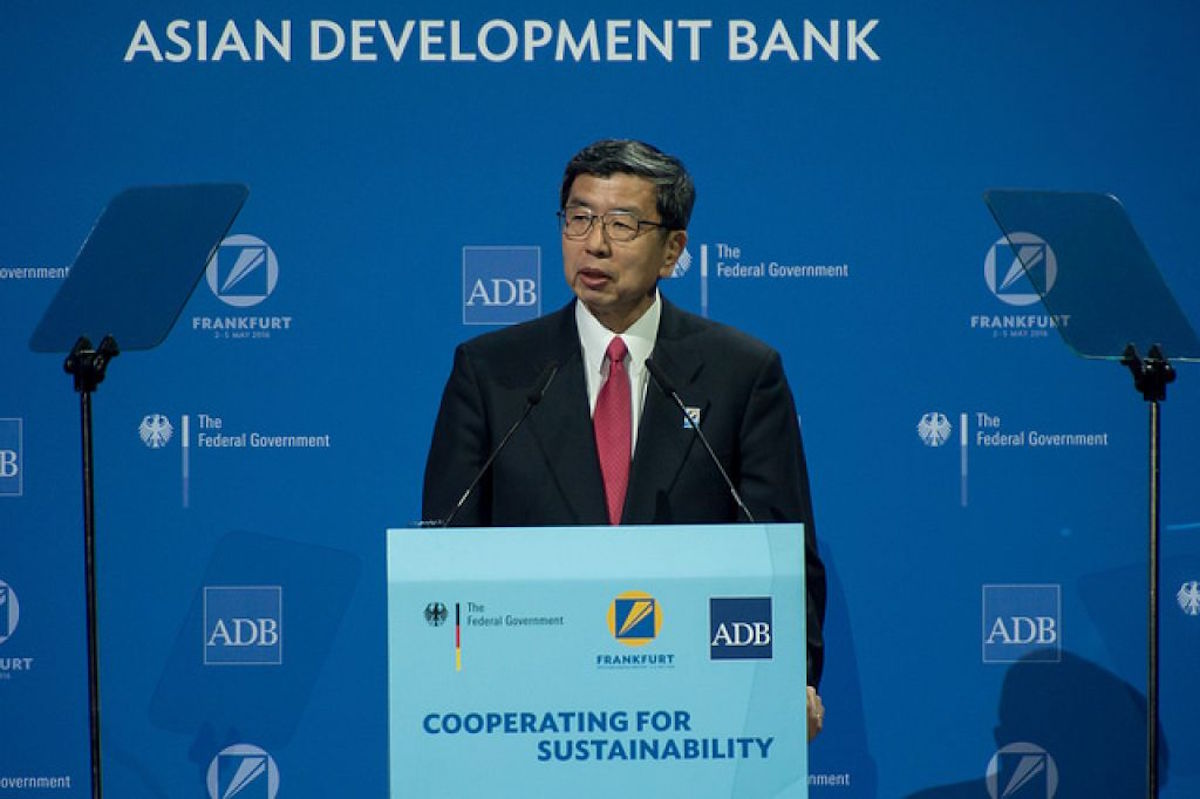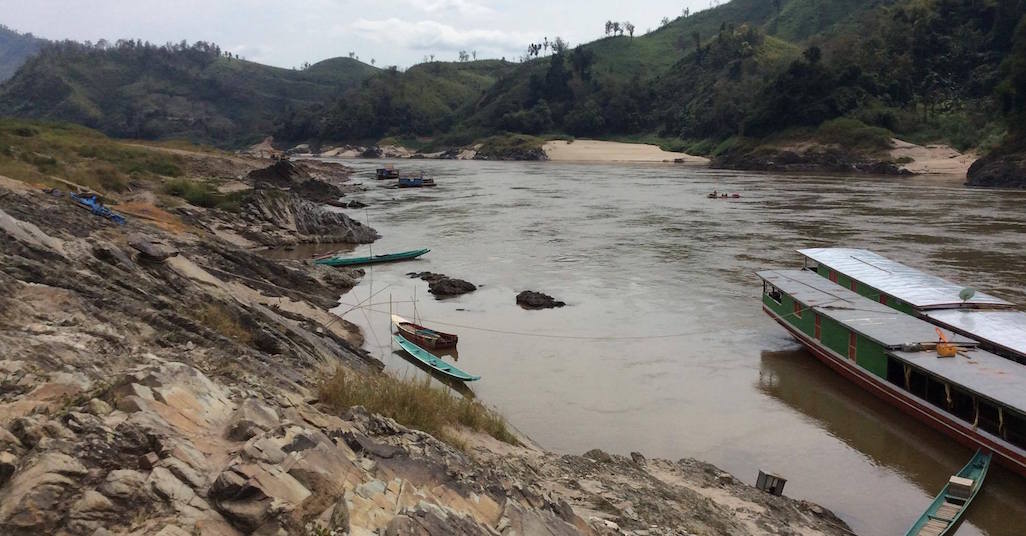Five years ago, Myanmar’s media scene was very oppressive and pathetic, both by international and ASEAN standards. Since then, with the end of news censorship and mandatory printing license, the overall freedom of expression has improved significantly. Now the country’s press freedom index is rising for overall openness in comparison with other ASEAN members.
Before 2011, Myanmar often ranked at the very bottom of all media freedom indexes, but the 2017 survey of global press freedom conducted by Paris-based Reporters Sans Frontieres (Reporters Without Borders), which ranked 180 countries around the world, gave Myanmar a big thumbs-up for press freedom. It is climbing up the ladder quickly –right behind Indonesia and the Philippines, the two freest media countries in the 10-member grouping.
But Myanmar must not rest on its laurels because the regional media landscape is highly diversified and uneven.
Each country is confronted with unique domestic circumstances and national agenda. Levels of press freedom shift and change quickly, as Myanmar’s media landscape has shown. The media culture in ASEAN reflects very much the reality on the ground, which yields different media outlooks and practices – a far cry from the Western perception.
To assess the media situation here, one has to take a more holistic approach. Indeed, kudos must go the previous and current administrations, which have preserved the overarching framework of media openness. Lest the world forget, in the annals of modern history in Southeast Asia, Myanmar is the first country that embarked on both political and economic reforms simultaneously, knowing full well the formidable challenges that would come with such a drastic path.
Other countries in the region have chosen a slow path of transformation and zeroed in on economic development.
Freer media has already promoted foreign investor confidence. Myanmar today is no longer portrayed as a pariah state but as a must-see, must-visit country. On top of this, the country is led by one of the world’s most famous democratic icons. As such, it has generated an extremely high level of expectations both at home and abroad that media freedom here should enshrine universal norms and reflect the characteristics and cosmopolitan nature of the country’s leadership.
When the previous government opened up the media space, two pivotal factors were at play. First of all, in order to convince the Myanmar people that pending reforms, especially in the political arena, were deadly serious, independent and credible media were necessary to convey this intention and imbed trust and confidence in them.
The authorities understood that the state-owned media machine could not do the job due to lack of public trust.
That helps explain why the fiery exiled media outlets operating in Thailand and other countries – such as Irrawaddy, Mizzima, DVB Myanmar media and various ethnic-based news agencies – were encouraged to set up shop inside the country.
Meanwhile, local media in the vernacular, English and ethnic languages were also burgeoning despite the business risks. For the record, 19 new publications started up during 2012-2014 – the highest number in any developing country in such a short period. These exiled and local independent media helped to promote understanding and awareness among the Myanmar people and minorities that the country was in a transition from dictatorship to democracy and that the new nation-building process would require their active participation and monitoring.
Secondly, the media reform was also aimed specifically at the international community. At the time, global news headlines on Myanmar were all doom and gloom, with little room for positive assessment, not to mention praise and optimism. To increase the government’s legitimacy and recognition, foreign media were allowed in freely – no more a long blacklist of journalists. Within a few weeks following the end of news censorship, international media development agencies and experts rushed into the country. In the ensuing period, nearly 50 media-related organisations of all creeds and colors from all over the world were providing advice and training to Myanmar’s young corps of journalists.
Hundreds of media specialists worked closely with government agencies to come up with the most suitable media development model for a country which had just emerged from five decades of dictatorship. Despite mutual goodwill and valuable recommendations, the overall experience and engagement proved to be a bit overwhelming.
When the newly elected NLD-led administration came to power last April, it had a different mindset and other priorities altogether.
Despite all the shortcomings of Myanmar’s current media development model repeatedly highlighted by free media advocates, it must be clear that any initiative aimed at restricting the current freedom of expression and media freedom must not be condoned. To protect this still nascent and fragile free media culture, local journalists, editors, publishers and other stakeholders must work closely together with their media organisations and the Myanmar Press Council to ensure the highest standard of professionalism. When they are better equipped with knowledge and media skills, the estimated 3,500 journalists are potential watchdogs and serve as a mirror of societal progress and good governance.
Myanmar’s media development agenda in coming years will be different. While the rise in religious fundamentalism, violent extremismBefore 2011 Myanmar often ranked at the very bottom of all media freedom indexes but that has changed now. Aung Htay Hlaing / The Myanmar Times, the peace process and national reconciliation remain priorities for news coverage, other important issues will be the environment and sustainable development, as well as gender equality. Myanmar journalists need a fresher look in their reports on these issues because they pose challenges to the country’s democracy.
Finally, the time has come for Myanmar journalists to shape their own agenda and construct authentic narratives of their country in transition. With the existing media freedom and a Nobel Peace Laureate as the de facto head of state, this noble task must be met as quickly as possible.




